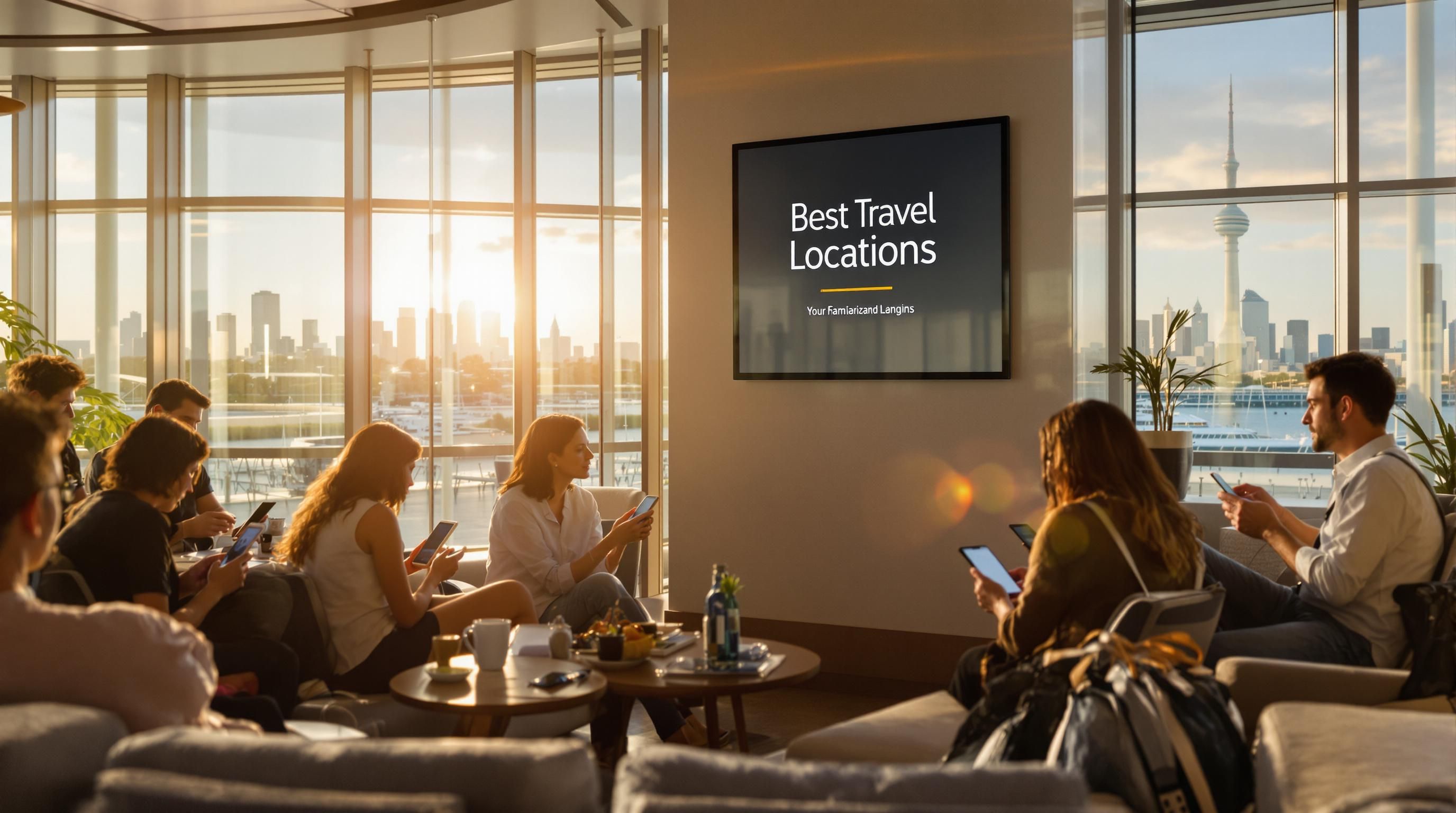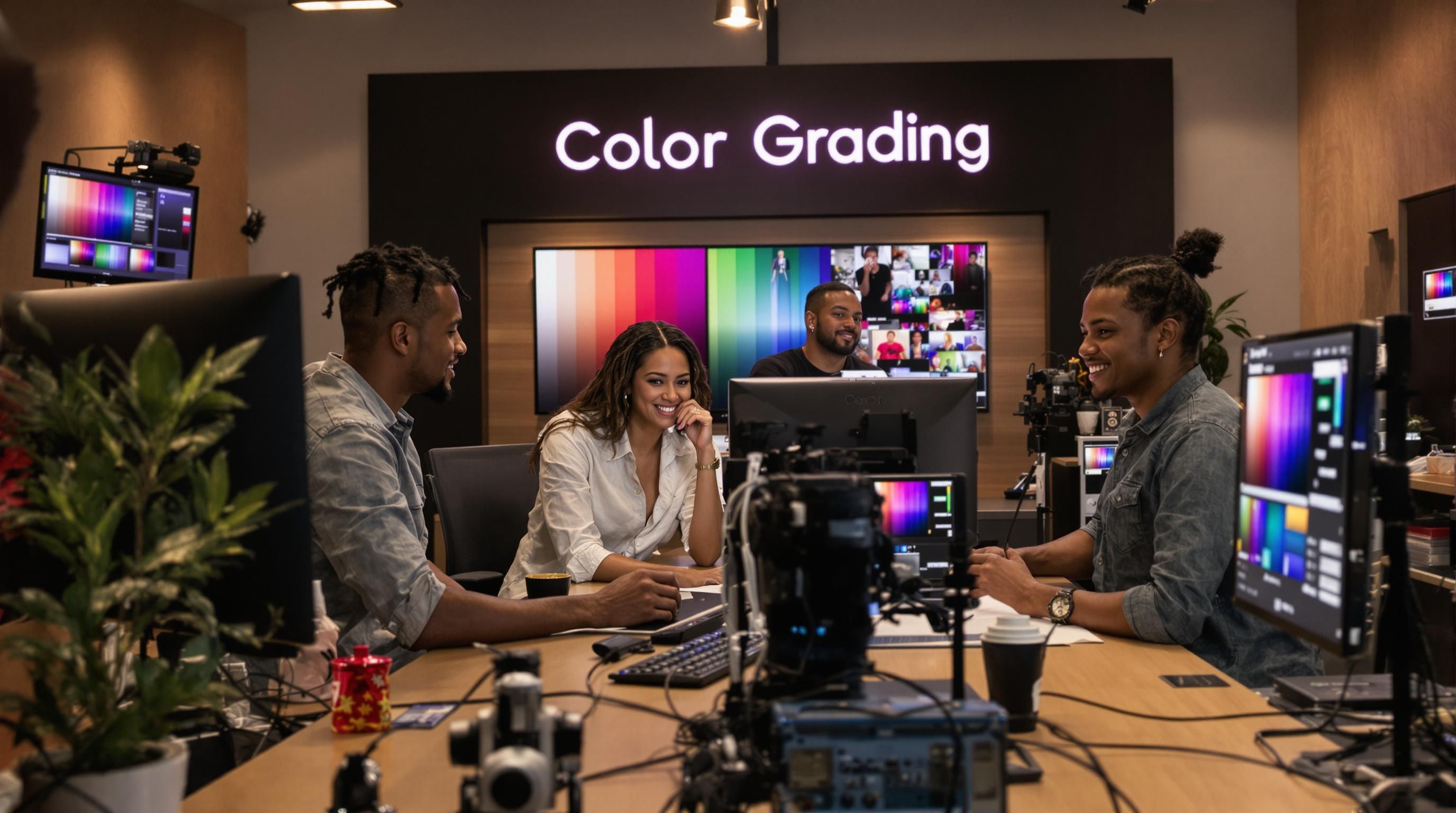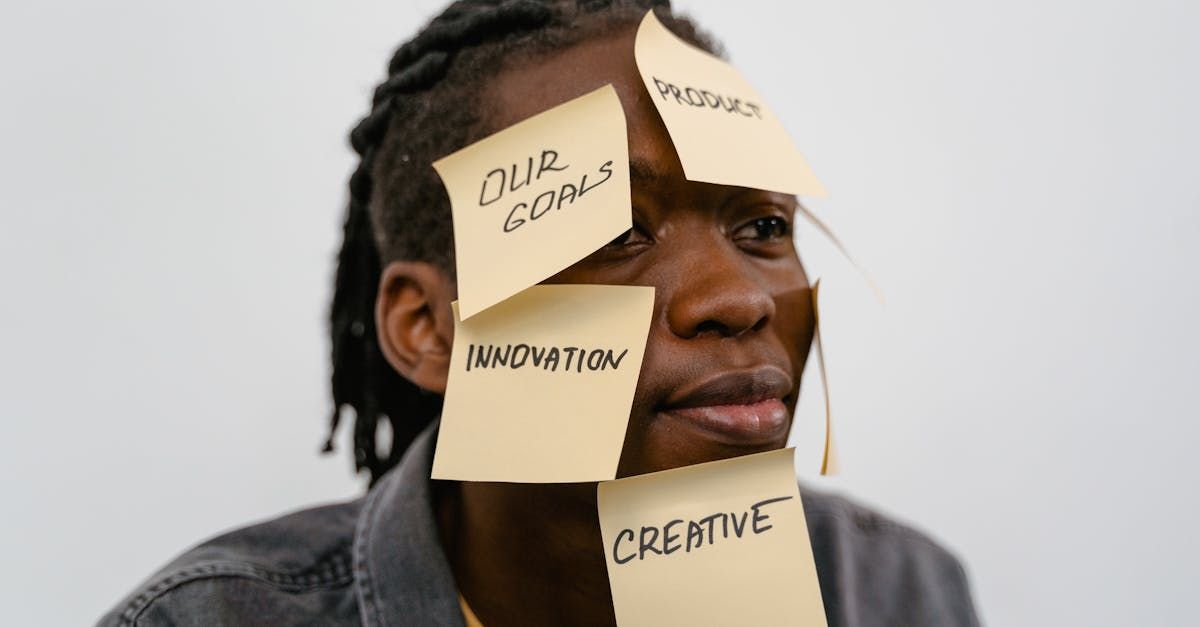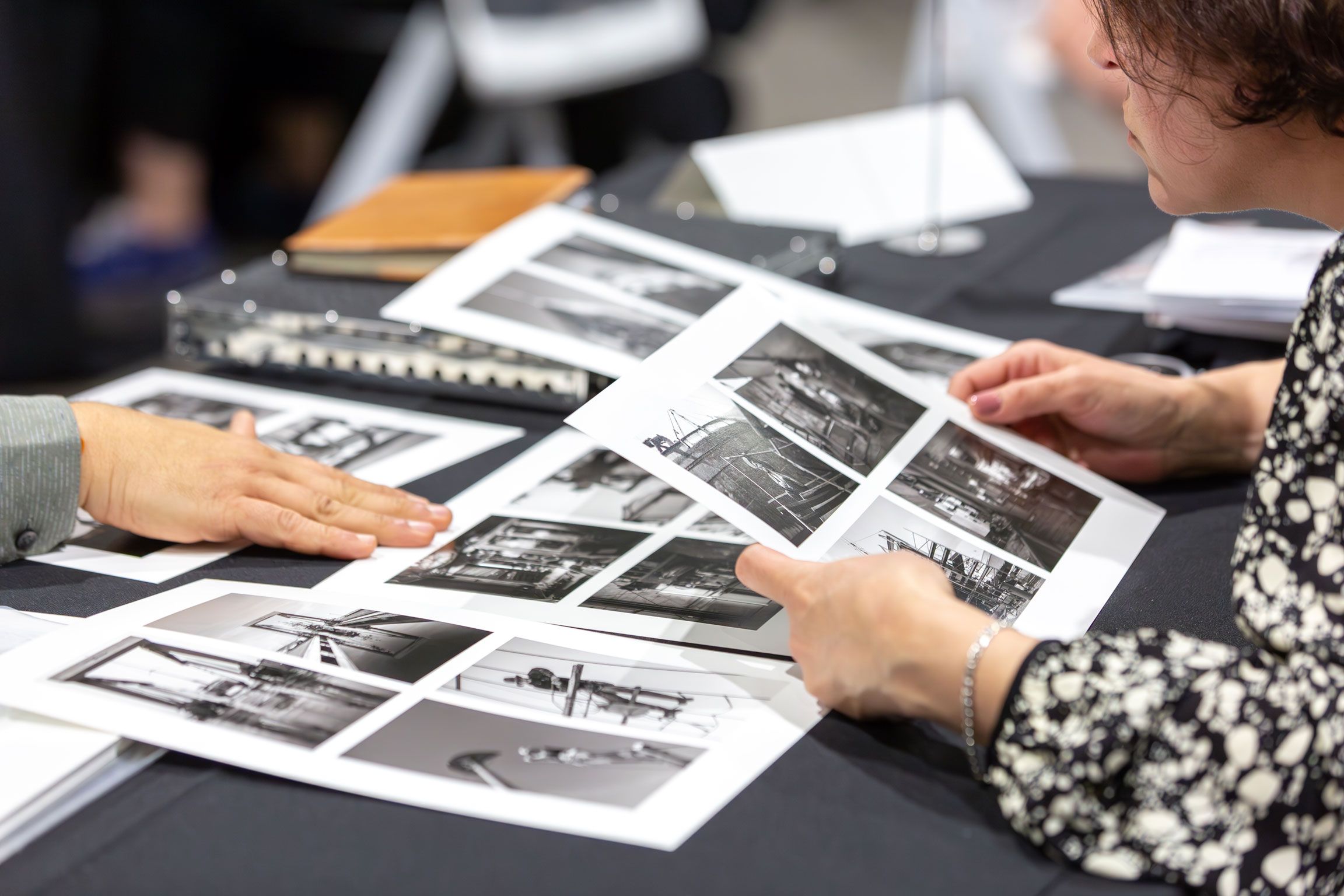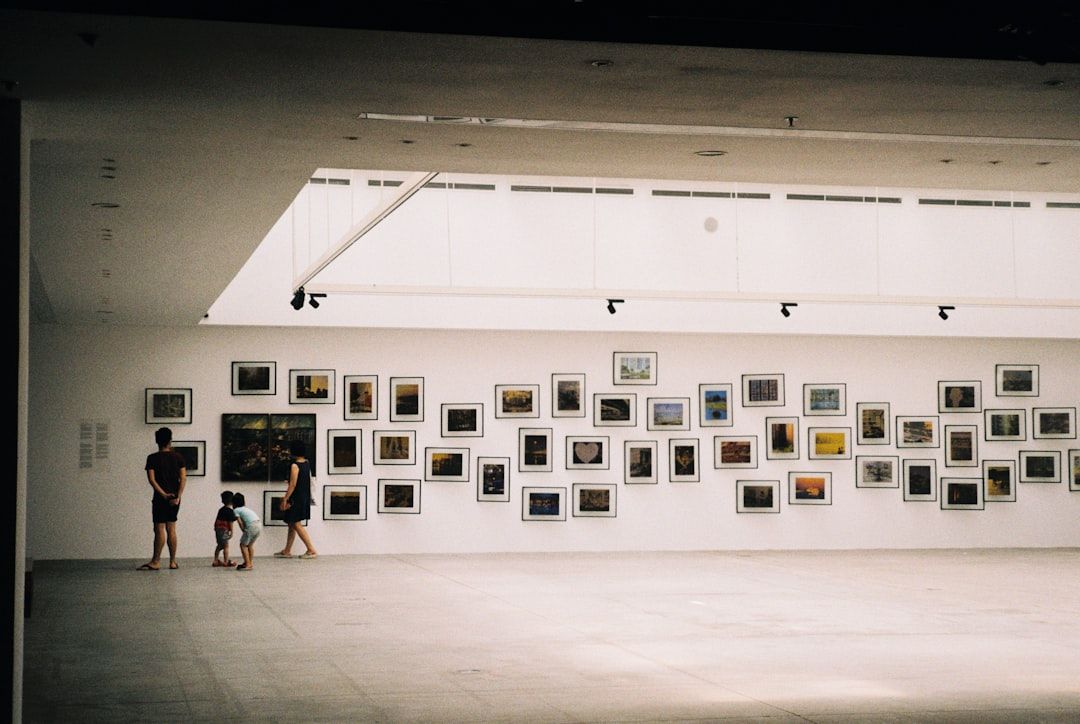Gallery presentations are evolving at lightning speed. By 2025, AR and VR are turning gallery visits into immersive, interactive journeys. But get this. The most talked-about innovation isn’t just digital wizardry or flashy visuals. The new secret weapon? Creative storytelling—where galleries become platforms for emotional connection, not just places to display art.
Table of Contents
Quick Summary
| Takeaway | Explanation |
| Dynamic Spatial Layouts | Modern galleries should prioritize spatial dynamics to guide viewer interactions and emotional engagement, creating intentional pathways for exploration. |
| Integration of Technology | Incorporate augmented reality (AR) and virtual reality (VR) to enhance visitor engagement, transforming passive viewing into active exploration with immersive experiences. |
| Narrative-Driven Presentation | Utilize storytelling techniques to construct narrative journeys in both gallery and portfolio displays that communicate brand values and creative processes effectively. |
| Adaptive Design Principles | Embrace flexibility in gallery layouts to allow for quick transformations that cater to different exhibitions, audience expectations, and artistic styles. |
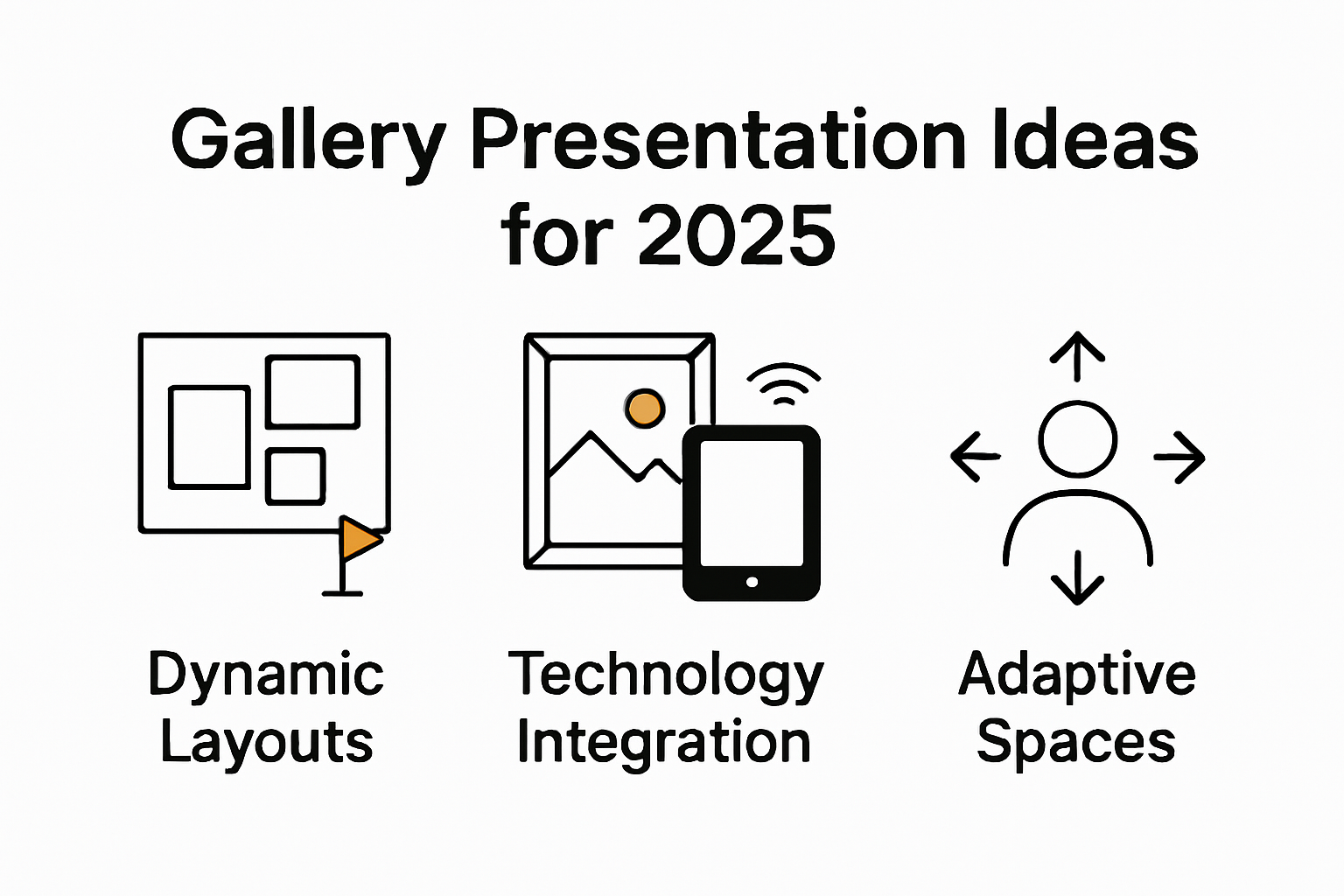
Modern Gallery Layouts for Visual Impact
Creative professionals recognize that gallery presentation goes far beyond simply hanging artwork on walls. In 2025, gallery layouts represent a sophisticated intersection of visual storytelling, technological innovation, and strategic spatial design that transforms viewer experience.
Spatial Dynamics and Flow
Modern gallery presentations prioritize dynamic spatial arrangements that guide viewer perception and emotional engagement. Successful layouts create intentional pathways that encourage natural movement and discovery. Photographers and visual artists now approach gallery design as an immersive narrative experience, carefully choreographing how viewers will interact with visual content.
Professional designers understand that spatial relationships between artworks dramatically impact perception. Strategic placement can create visual dialogues, highlight thematic connections, and generate unexpected visual conversations. Negative space becomes as crucial as the artwork itself, allowing pieces room to breathe and communicate.
Technological Integration and Interactivity
Technology has revolutionized gallery presentation strategies. Integrating interactive technologies such as augmented reality (AR) and virtual reality (VR) into gallery layouts enhances visitor engagement by providing immersive experiences that deepen the connection with the artwork. These innovative approaches transform passive viewing into active exploration.
Advanced galleries now incorporate digital overlays, interactive touchpoints, and multimedia elements that expand artistic narratives. QR codes might provide backstory context, while projection mapping can transform static images into dynamic visual experiences. These technological interventions create multi-sensory encounters that transcend traditional viewing constraints.
Adaptive and Flexible Design Principles
Contemporary gallery layouts embrace adaptability as a core design philosophy. Modular wall systems, adjustable lighting configurations, and scalable display mechanisms allow curators unprecedented flexibility. These adaptive environments can quickly transform to suit different artistic styles, exhibition themes, and audience expectations.
The future of gallery presentation is not about rigid structures but responsive environments. Designers now consider how spaces can dynamically shift, how lighting can dramatically alter artwork perception, and how technological integrations can create personalized viewer journeys. The gallery becomes less of a static container and more of a living, breathing canvas that collaborates with the artwork itself.
Professional creatives understand that gallery presentation is an art form in its own right. It requires deep understanding of visual communication, spatial psychology, and technological possibilities. By thoughtfully combining these elements, galleries can create transformative experiences that resonate long after viewers leave the physical space.
To help readers quickly compare the core approaches discussed for modern gallery layouts, the following table summarizes key characteristics of each method addressed above.
| Approach | Core Characteristics | Impact on Experience |
| Spatial Dynamics & Flow | Intentional pathways, strategic placement, use of negative space | Enhances exploration & engagement |
| Technological Integration | AR/VR, digital overlays, interactive touchpoints, multimedia elements | Creates immersive, active viewing |
| Adaptive & Flexible Design | Modular walls, adjustable lighting, scalable displays, responsive environments | Allows fast transformation, personalization |
Interactive Digital Gallery Presentation Ideas
The digital realm has transformed gallery presentations from static displays into dynamic, engaging experiences that transcend physical limitations. Interactive digital galleries represent a revolutionary approach to visual storytelling, offering unprecedented opportunities for creative professionals to connect with audiences.
Immersive Digital Environments
Advanced digital gallery platforms now enable creators to craft fully interactive visual experiences. Virtual galleries serve as effective digital spaces for promoting collaborative content creation by enabling participants to collaboratively create and present content in interactive, multimodal formats. These environments go beyond traditional viewing, transforming audience interaction from passive observation to active exploration.
Creative professionals can now design galleries that respond to viewer movements, provide contextual information through touch interfaces, and create personalized navigation experiences. Interactive digital platforms allow for real-time annotations, multimedia overlays, and dynamic content adjustments that adapt to individual viewer preferences.

Mixed Reality Exhibition Strategies
Integrating mixed reality (MR) technologies into digital gallery presentations enhances comprehension by fostering creativity and improving spatial visualization skills. These advanced technologies blur the boundaries between physical and digital spaces, creating immersive experiences that engage viewers on multiple sensory levels.
By combining large interactive displays with personal head-mounted augmented reality (AR) devices, galleries can facilitate sophisticated data exploration and analysis, allowing for personalized views while minimizing mutual disturbance among users. This approach enables viewers to experience artwork from unique perspectives, zooming into intricate details or exploring contextual information without disrupting others.
Collaborative and Adaptive Presentation Frameworks
Modern digital gallery presentations prioritize flexibility and user engagement. Adaptive interfaces can dynamically adjust content based on viewer interactions, creating personalized journeys through visual narratives. Collaborative features allow multiple users to explore galleries simultaneously, share annotations, and engage in real-time discussions about exhibited works.
These interactive frameworks transform galleries from static display spaces into living, breathing ecosystems of creative exchange. Creators can implement features like comment streams, expert annotations, behind-the-scenes content, and interactive timelines that provide deeper context and understanding.
The future of gallery presentations lies in creating experiences that are not just seen but actively participated in. By leveraging cutting-edge digital technologies, creative professionals can design galleries that are more than exhibitions - they become platforms for storytelling, learning, and meaningful cultural exchange.
Brand Storytelling Through Gallery Displays
Brand storytelling through gallery displays represents a sophisticated communication strategy that transforms visual presentations into powerful narrative experiences. Creative professionals recognize that galleries are no longer just spaces for displaying work but platforms for conveying complex brand identities and emotional connections.
Narrative Architecture and Visual Composition
Integrating storytelling into art exhibitions enhances visitor engagement by connecting artworks with personal narratives, fostering deeper understanding and emotional connections. Successful brand galleries construct intentional visual journeys that guide viewers through carefully curated experiences, revealing brand philosophies and core values through strategic visual sequencing.
Designers now approach gallery layouts as comprehensive storytelling environments. Each artwork, placement, and visual transition becomes a narrative element that communicates brand essence. Color palettes, spatial arrangements, and visual rhythms work together to create immersive stories that transcend traditional marketing approaches.
Interpretive Design and Visitor Perspectives
Effective interpretation design involves creating experiences that resonate with visitors, promoting inclusivity and diversity by incorporating visitor perspectives into the exhibition narrative. Modern gallery presentations move beyond one-directional communication, creating interactive frameworks that invite audience participation and personal meaning-making.
Technology-powered storytelling in cultural venues can personalize visitor experiences, encouraging exploration and reflection by connecting disparate artworks through curated narratives. Interactive elements like digital annotations, contextual multimedia, and responsive displays transform viewers from passive observers to active participants in the brand story.
Emotional Resonance and Brand Identity
Successful gallery presentations understand that emotional connection trumps traditional marketing tactics. By crafting narratives that reveal vulnerability, creativity, and authentic brand values, galleries can create profound connections with audiences. The goal shifts from displaying products to sharing meaningful experiences that reflect brand identity.
Creative professionals now view gallery displays as sophisticated communication platforms. They strategically use visual storytelling to communicate brand heritage, innovation, social commitments, and creative philosophies. Each gallery becomes a dynamic canvas that reveals the multifaceted nature of brand identity.
The most compelling brand galleries transcend commercial objectives. They create spaces of reflection, inspiration, and genuine human connection. By approaching gallery design as an art form, brands can transform traditional marketing approaches into meaningful cultural experiences that resonate deeply with audiences.
The table below organizes the different brand storytelling strategies discussed and summarizes their main benefits within gallery displays.
| Storytelling Strategy | Main Features | Benefit in Gallery Displays |
| Narrative Architecture & Composition | Intentional visual journeys, curated sequencing, color/spatial themes | Deepens engagement, communicates brand values |
| Interpretive Design & Visitor Input | Inclusive experiences, interactive frameworks, diverse perspectives | Promotes participation and personal meaning |
| Technology-Powered Storytelling | Digital annotations, multimedia, responsive elements | Personalizes experience, connects stories |
| Emotional Resonance & Brand Identity | Authenticity, vulnerability, sharing experiences | Creates long-term emotional connection |
Creative Portfolio Showcases for Agencies
Creative agencies recognize that portfolio presentations are no longer static collections of past work but dynamic representations of their creative vision, technological capabilities, and innovative potential. In 2025, portfolio showcases have evolved into sophisticated storytelling platforms that communicate an agency’s unique value proposition.
Interactive Design and Technological Integration
In 2025, creative portfolios are increasingly incorporating interactive elements such as hover effects, animations, and dynamic transitions to enhance user engagement and provide a memorable browsing experience. These advanced design approaches transform portfolio viewing from a passive observation into an active, immersive exploration.
The integration of Artificial Intelligence (AI) in creative industries is transforming portfolio presentations by automating tasks like layout generation and content recommendations, allowing for personalized and efficient showcases of creative work. AI-powered systems can now curate portfolio content dynamically, highlighting projects that most closely match potential client interests and professional requirements.
Immersive Visualization Techniques
Augmented Reality (AR) and Virtual Reality (VR) technologies are being utilized to create immersive portfolio experiences, enabling viewers to interact with creative works in more engaging and intuitive ways. These technologies allow agencies to move beyond traditional two-dimensional presentations, offering potential clients the opportunity to virtually explore project environments, interact with design elements, and experience creative concepts in three-dimensional spaces.
VR presentations can simulate entire project contexts, allowing viewers to understand spatial relationships, design intricacies, and creative problem-solving approaches that traditional portfolios cannot capture. AR overlays can provide additional project information, client testimonials, and behind-the-scenes insights directly within the portfolio viewing experience.
Narrative-Driven Portfolio Strategies
Modern agency portfolios prioritize storytelling over mere project documentation. Each project becomes a narrative case study that reveals the agency’s creative process, collaborative approach, and problem-solving capabilities. Portfolios now include comprehensive context surrounding each project: initial client challenges, creative ideation processes, technological innovations deployed, and measurable outcomes.
Agencies are crafting portfolios that demonstrate not just aesthetic capabilities but strategic thinking, technological expertise, and adaptability. Interactive timelines, project evolution visualizations, and comparative before-and-after presentations provide deeper insights into the agency’s transformative potential.
The most effective portfolio showcases in 2025 are living, breathing representations of an agency’s creative DNA. They are no longer just collections of completed work but dynamic platforms that communicate vision, innovation, and the unique value an agency brings to complex creative challenges. By leveraging advanced technologies and narrative strategies, agencies can create portfolio experiences that are as compelling and innovative as the work they produce.
Frequently Asked Questions
What are modern gallery presentation ideas for 2025?
Modern gallery presentation ideas for 2025 focus on immersive experiences, integrating technology like AR and VR, and utilizing narrative storytelling to enhance viewer engagement and emotional connection with the artwork.
How can technology be integrated into gallery presentations?
Technology can be integrated into gallery presentations through interactive elements such as augmented reality (AR) and virtual reality (VR), digital overlays, and multimedia installations that create dynamic, multi-sensory experiences for visitors.
What is the role of storytelling in gallery exhibitions?
Storytelling plays a crucial role in gallery exhibitions by guiding visitors through curated experiences, connecting artworks with cohesive narratives, and communicating brand identities or themes in a way that resonates emotionally with the audience.
How can creative agencies showcase their portfolios effectively in 2025?
Creative agencies can showcase their portfolios effectively in 2025 by incorporating interactive design elements, immersive technologies like AR/VR, and narrative-driven strategies to illustrate their creative processes and outcomes, making their presentations more engaging and memorable.
Ready to Transform the Way You Present Your Creative Work?
If reading about modern gallery layouts, interactive digital experiences, and brand storytelling in 2025 made you realize your current sharing tools are holding you back, you are not alone. Many creative professionals want to deliver immersive and branded showcase experiences but end up stuck using generic file transfer folders that flatten their story and complicate client approval.
Pikd is purpose-built for this new era of gallery presentation. Imagine uploading stunning high-resolution content, organizing it into custom-branded galleries, and collaborating with clients in real time—all in a visual-first space designed for photographers, videographers, and creative teams. Go beyond static displays and create the interactive, narrative-driven portfolios your clients expect.

Upgrade to a gallery experience that matches your creative vision. Visit Pikd now and see how easy it is to turn every project into a visually compelling showcase. Your work deserves to stand out—start presenting it the way it was meant to be seen today.







